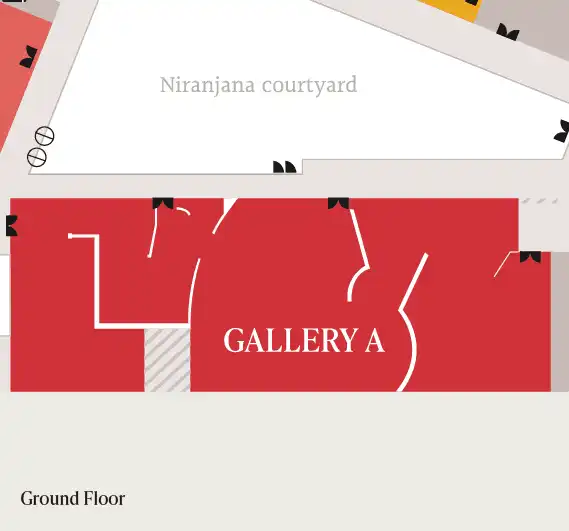Gallery A
Immerse yourself in the prehistory and protohistory of the Indian subcontinent with a special focus on Bihar. Delve into topics such as the Indus Valley civilization, the second urbanization and the rise of Buddhism and Jainism. Take a fascinating journey into the past to explore the Haryanka, Shishunaga, and Nanda empires, and witness the astounding rise of the Mauryan Dynasty and the grandeur of Ashoka's reign.

Collection stories
Do you know why Lord Mahavir is called ‘Jina’?
The Jain religion came into prominence in the 6th century BCE, when Lord Mahavir, the 24th in the line of the religious preachers of Jainism called a ‘Tirthankara’, gained widespread recognition with the teachings of Satya (truthfulness), Ahinsa (non-violence), Asteya (non-stealing), Aparigraha (non- acquisition) and Brahmacharya (chaste living) as the path to discover inner conscience and purity. Lord Mahavir, like the twenty three tirthankaras before him, had attained the highest level of self consciousness and enlightenment. This is why he was given the title of ‘Jina’.

Ashok Stambh : The carrier of Buddha’s Philosophy
The history of Magadh is strewn with the names of mighty kings, amongst whom Ashok is the one most revered for spreading the teachings of Buddha far and near through inscriptions. One such stone pillar with Buddha’s teachings engraved upon it is safely standing to this day at Vaishali in northern Bihar. Though Ashoka’s early life is a tale of unethical deeds to gain access to the throne and gory wars for expansion of his empire, but after one such war, the scenes of death and destruction evoked his conscience and he became a disciple of Buddha.

Terracotta Pots : Traces of the earliest civilization on earth
These terracotta pots belong to the Indus Valley Civilization, which flourished in the north-western part of Indian subcontinent two to three centuries BCE. The existence of such an old civilization could be known only in the 19th and 20th century, through excavations at a few sites in Punjab and Sindh regions. The relics and antiquities found at multiple places establish the fact that it was an urban civilization with much evolved systems of weighing and measurements, usage of terracotta and metals and well-defined roads and water and drainage systems.

Explore more galleries
Stay connected through our newsletter!
Subscribe to our newsletter and get the latest insights on history, art & culture in your inbox.
SIGNUP
SIGNUP